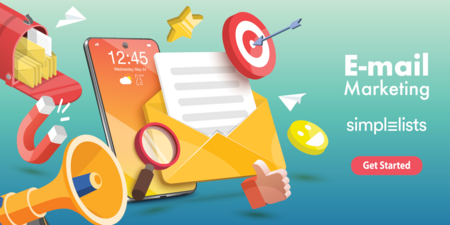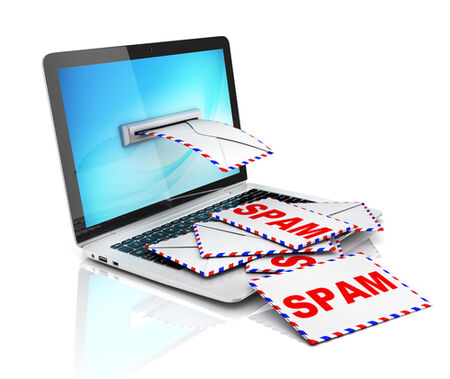
A study by Litmus found that 91% of businesses view email marketing as critical for the success of their company. Yet despite its importance for business success, a lot of companies aren’t managing email marketing as effectively as they could be – often neglecting things that could improve results, like personalization.

In the modern digital age, it would be easy to think that social media, paid search or video would be the most favored channel amongst marketers.

In the digital communication landscape, email is one of the most traditional channels.

Simplelists is designed to be flexible so that it will suit your needs exactly. You might want to send email newsletters to a list of customers with you alone being able to post to the list. Or, maybe you have a team of people who will all need to be able to send emails to your customers. Or, perhaps you would like to use your list for a private group discussion and you would like anyone on the list to be able to contribute. Whatever your needs, you can customise your list by setting posting permissions. In this short post, we explain how you do this.

A recent study carried out by ReturnPath estimated that only 79% of emails sent by legitimate email marketers (i.e. emails sent to people who signed up to your list) reach the inbox. Spam filters are becoming more and more sensitive, to ensure that non-legitimate, spam emails don’t get delivered. It is important to follow a simple set of rules to ensure that your list members receive the emails they have signed up for.